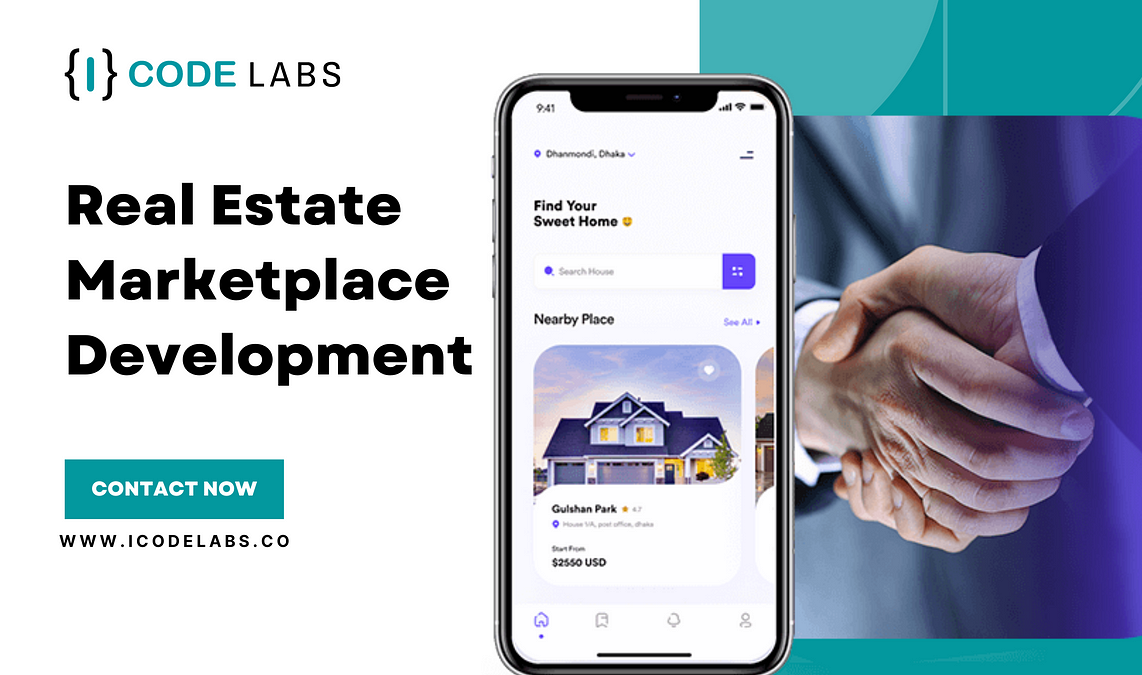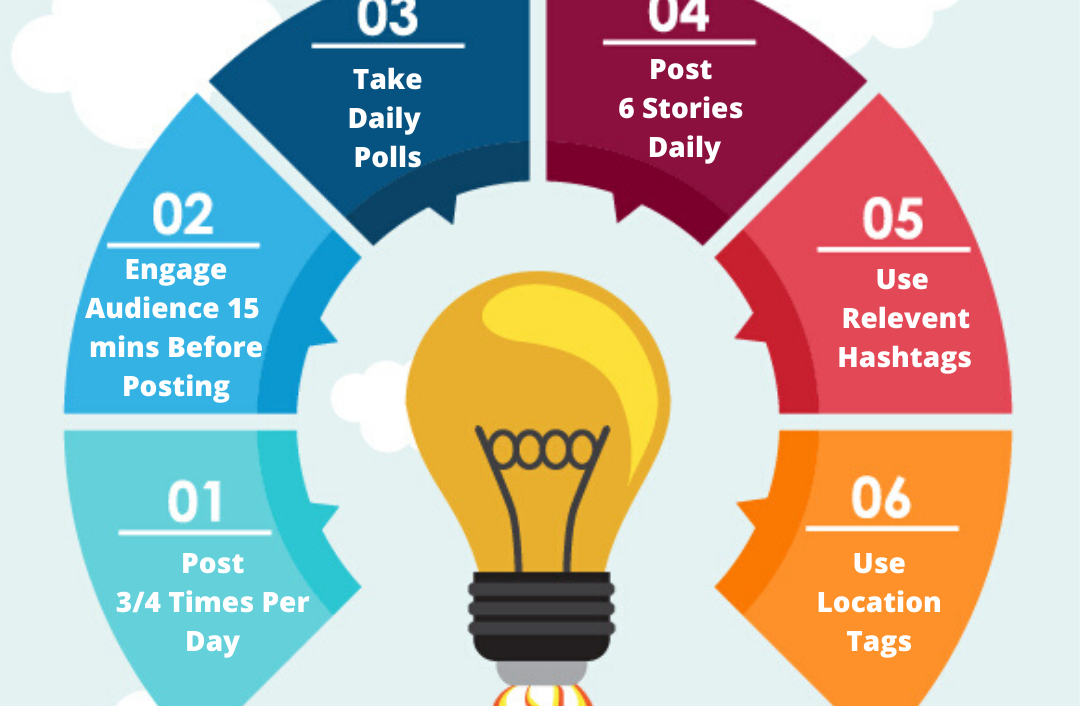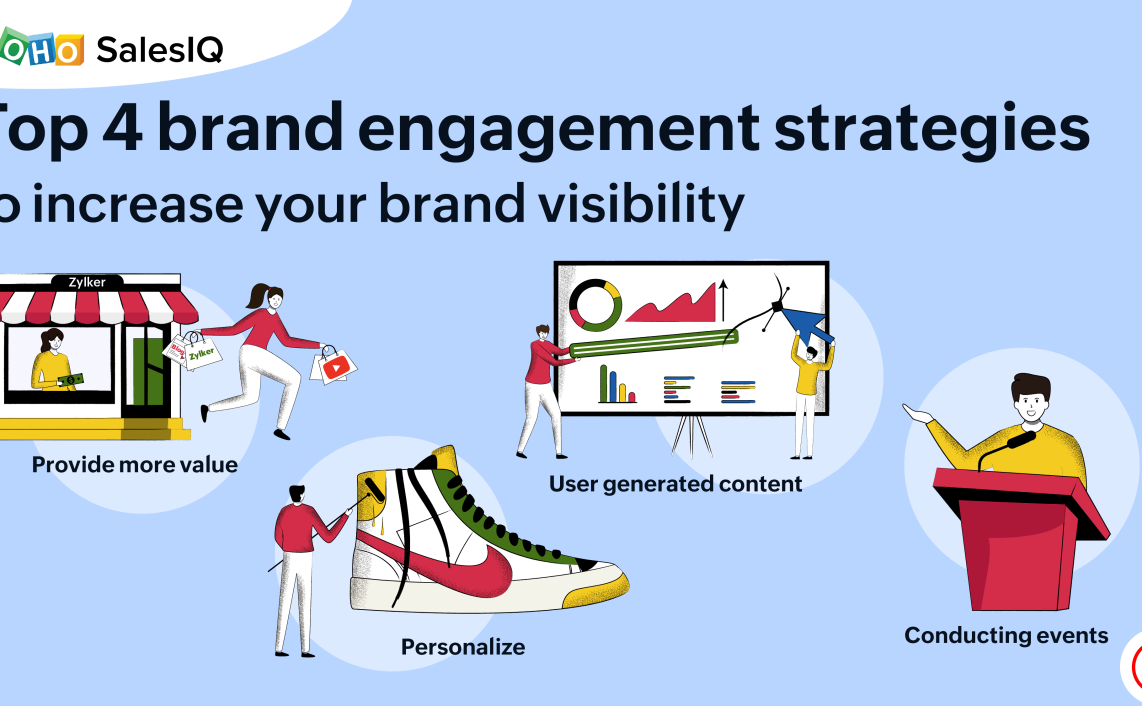Navigating the Transition to GA4: Strategies for Marketers

Executive Summary

The transition to Google Analytics 4 (GA4) may seem daunting, but with the right strategies and preparation, marketers can embrace this change and enhance their data analysis capabilities. This article provides a comprehensive guide to the transition, covering key aspects such as data structure, measurement configuration, and actionable insights. By leveraging the advanced features of GA4, marketers can gain a deeper understanding of customer behavior, optimize campaigns, and drive better results.

Introduction
Google Analytics 4 (GA4) represents a significant evolution in digital analytics, redefining how data is collected, processed, and reported. Unlike its predecessor, Universal Analytics (UA), GA4 operates on an event-based data model, empowering marketers with a more granular and actionable view of customer journeys. However, this transition comes with its challenges, and marketers must adopt a proactive approach to ensure a smooth and successful migration.
Key Transitions in GA4: Top 5 Considerations
1. Data Structure
- Event-based Model: GA4 collects data as discrete events, providing a more accurate and customizable representation of user interactions.
- Flexible and Extendable: The data structure allows marketers to define and track custom events, enabling them to capture granular data tailored to their specific business needs.
- Cross-platform Tracking: GA4 seamlessly integrates data from websites and mobile apps, offering a holistic view of customer behavior across multiple touchpoints.
2. Measurement Configuration
- Enhanced Measurement: GA4 automates the tracking of important user interactions, reducing the need for manual event tagging and ensuring consistent data collection.
- Reporting Explorer: The improved reporting interface provides a more user-friendly and customizable experience, allowing marketers to tailor reports to their specific requirements.
- Machine Learning (ML): GA4 utilizes ML algorithms to identify patterns and insights in data, uncovering hidden opportunities for optimization.
3. Data Analytics and Reporting
- Funnel Analysis: GA4 introduces a redesigned funnel analysis tool, providing deeper insights into customer conversion paths and facilitating proactive optimization.
- Cohort Analysis: Marketers can create and analyze cohorts based on specific behaviors or attributes, studying their journey and identifying growth opportunities.
- Customer Lifetime Value (CLTV): GA4 provides enhanced capabilities for calculating CLTV, enabling marketers to better understand the long-term value of customers.
4. Audience Targeting and Segmentation
- Advanced Segmentation: GA4 offers advanced segmentation capabilities based on multiple dimensions, allowing marketers to create precise target audiences for marketing campaigns.
- Predictive Metrics: The platform leverages ML algorithms to predict user behavior, such as the likelihood of conversion or churn, empowering marketers with valuable insights for personalized targeting.
- Attribution Modeling: GA4 supports multiple attribution models, providing marketers with a more comprehensive understanding of campaign effectiveness and facilitating informed marketing decisions.
5. Integration and Ecosystem
- GA4 360 (Paid Version): GA4 360 includes additional features such as BigQuery integration, advanced machine learning models, and predictive analytics capabilities.
- Integration with Google Advertising: GA4 seamlessly integrates with Google Advertising, enabling bi-directional data flow and enhanced campaign optimization.
- Community and Support: The GA4 community and support ecosystem provides resources, documentation, and a platform for sharing knowledge and best practices.
Conclusion
The transition to GA4 presents both challenges and opportunities for marketers. By understanding the key differences between GA4 and UA, implementing the recommended strategies, and embracing the advanced features, marketers can harness the full potential of this next-generation analytics platform. A proactive approach to the transition will empower marketers with a deeper understanding of customer behavior, drive data-informed decision-making, and optimize campaigns for better business outcomes.
Keyword Tags
- Google Analytics 4 (GA4)
- Data Analytics
- Digital Marketing
- Customer Journey
- Marketing Optimization







